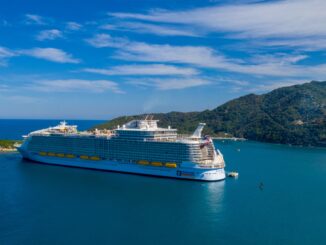
What is Group Travel Insurance?
Group Travel Insurance Group travel insurance is a type of insurance policy that provides coverage for a group of individuals who are travelling together. This type of insurance is commonly purchased by organizations, businesses, tour […]




